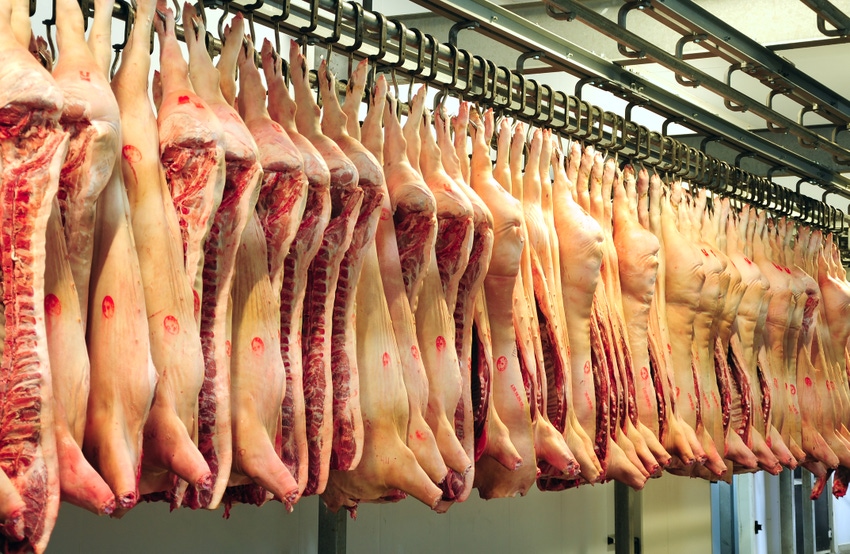According to ISU economist Dermot Hayes, if six plants are in the program, aggregate impact on U.S. pork harvest capacity will be a 3.6% expansion.
April 25, 2022

The USDA's Food Safety and Inspection Service has approved the Clemens Food Group pork packing plant in Coldwater, Michigan, to run faster line speeds under a one-year trial program. The plant joins Clemens Food Group, Hatfield, Pennsylvania; Quality Pork Processors, Austin, Minnesota; and Wholestone Farms Cooperative, Fremont, Nebraska; now operating with faster harvesting line speeds, which some experts say could increase packing capacity and alleviate supply issues in the face of strong pork demand.
In April 2021, the U.S. District Court of Minnesota issued a decision in United Food and Commercial Workers Union, Local No. 663 v. U.S. Department of Agriculture which essentially threw out the elimination of line speed limits codified in a 2019 rule under the Trump administration because USDA did not adequately consider the impacts of the increased slaughter speeds on worker safety. As a result, all New Swine Inspection System establishments are currently required to operate at line speeds that do not exceed 1,106 head per hour.
In November, the FSIS, in collaboration with the Occupational Safety and Health Administration, announced the development of a time-limited trial. To participate, an NSIS establishment must implement worker safety measures included in an agreement with the workers' union or worker safety committee that represents their employees.
Nine pork packing plants that had adopted the NSIS — six of which were operating with faster line speeds — were allowed to apply for the program, under which they need to collect data on the effects of the faster speeds on workers and share it with USDA and OSHA. The information could be used to formulate a new regulation for allowing plants to run faster line speeds.
The National Pork Producers Council says it pulled out the proverbial stops last year to get the plants back to operating faster line speeds and was greatly relieved when USDA announced the one-year program.
According to Iowa State University economist Dermot Hayes, if six plants are in the program, the aggregate impact on U.S. pork harvest capacity will be a 3.6% expansion. After one year, that would translate into an increase in live hog prices of 6%.
About the Author(s)
You May Also Like


.png?width=300&auto=webp&quality=80&disable=upscale)
